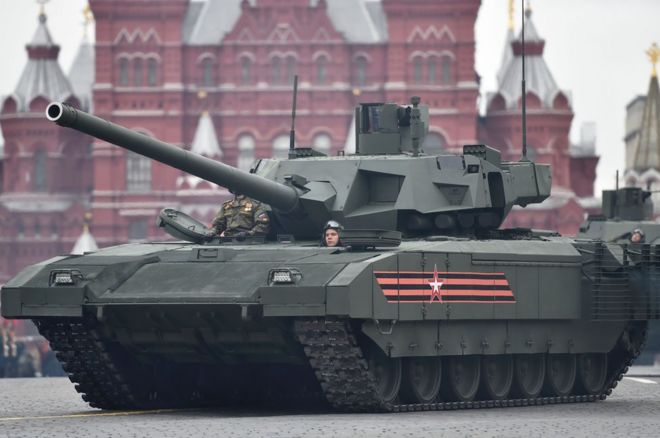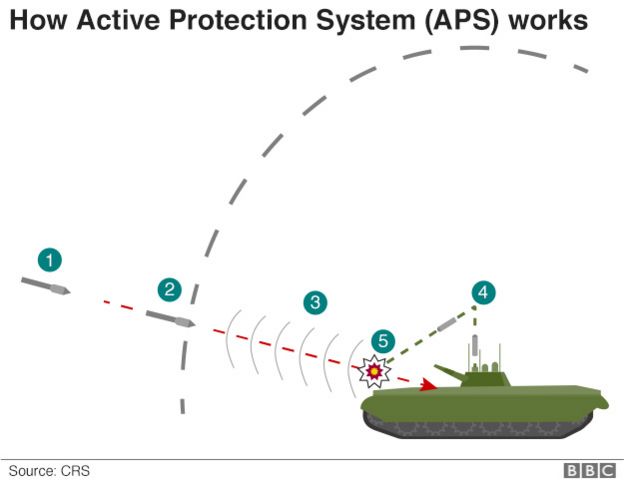Shefali K. Chandan

It weren’t British soldiers which halted Japan’s advance into India in the World War II. It were Indian soldiers fighting for the British Indian Army. Here, a recap of the historic battles at Imphal and Kohima.
India’s role in the China-Burma-India (CBI) theatre during World War II is relatively unknown. The “China-Burma-India theatre” refers to the United States military’s operations in China, parts of south-east Asia, Burma and eastern India. The chief goal of the Americans and other Allies in the CBI theatre was to supply equipment, arms, fuel and food to Chiang Kai-Shek’s army. The Allies wanted to enable the Chinese Nationalist Army to fight against Japanese incursions into China and Burma. They hoped that a fortified China would fend off the Japanese in Asia while Britain and the Soviet Union focused on operations against Germany in Europe. India - especially parts of Assam, Manipur and Bengal - were the chief bases for the supply operations into Burma and China.



















